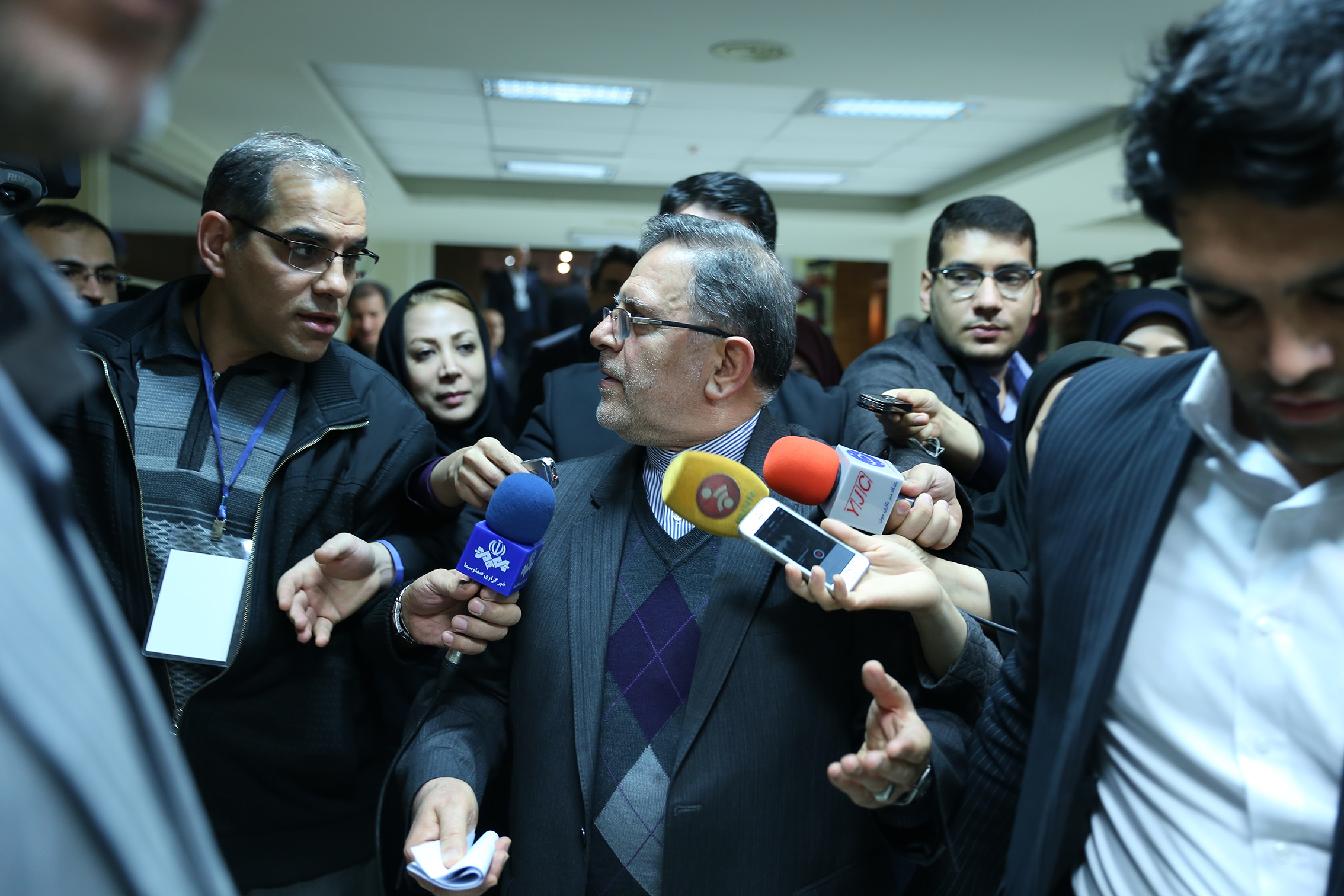After several delays, the much-anticipated plan to integrate the payment systems of Iran and Russia will be implemented by Dec. 10, the governor of the Central Bank of Iran announced.
Valiollah Seif, who was speaking in a late-night news program on state television, said the country is also negotiating similar deals to integrate the country’s payment system with neighboring Azerbaijan and Arab Persian Gulf states.
“After the integration of the two payment systems, the citizens of Russia and Iran can use their bank cards in each other’s countries,” he added.
The integration was first announced by the central bank in mid-May and the policymaker had said the integration plan will be implemented by late August. The implementation date was later postponed to November and later to December.
Seif outlined the measures and achievements of the central bank in the first 100 days of the second term of President Hassan Rouhani, which began in August.
Infrastructures, Shadow Banks, Loans
In his report on Saturday, Seif said designing and implementing major banking infrastructures are of the utmost importance for the central bank, referring to the recent system designed for organizing government accounts and the new one for checks.
He then commented on illegal credit institutions that were disrupting the activities of the banking system by attracting a portion of the country’s liquidity and preventing bank interest rates from being lowered.
“It had become a toxic competitive market in the presence of these institutions, but now we are in a situation where there are no active unauthorized institutions,” he added.
Referring to CBI’s directive that curbed deposit and lending rates to 15% and 10% for long- and short-term savings accounts respectively, the CBI governor said close to 5,000 bank branches have been inspected to ensure the implementation of the directive.
He stressed that the banking system is by and large adhering to the lower rates.
On loans, Seif said 3.13 quadrillion rials ($75.4 billion) have been loaned in the first seven months of the current fiscal year to Oct. 22, which indicate a 12.6% increase compared with the same period of last year. He noted that this is in spite of the fact that the banking system is facing a hefty credit crunch and is therefore employing all its capacities to support production.
Support for the Quake-Stricken
The CBI governor extensively dealt with the efforts of the banking system to support the people of the western province of Kermanshah and the regions bordering Iraq, which were hit with a massive 7.3 magnitude earthquake on Nov. 12.
Two decisions were made right at the beginning, he said, referring to an extension for bank loan payments held by the quake-stricken.
“Furthermore, all the interests on loans previously obtained by the victims will be forgiven and reimbursed by the government while all damaged units will receive 100 million rials ($2,400) in interest-free loans,” he said.
The banking system will also allocate loans for rebuilding the damaged structures in rural and urban areas, with bank employees voluntarily donating a portion of their monthly salary to quake victims.
Deflating the Gold Coin Bubble, Sidelining USD
Seif pointed out that gold prices in global markets had not surged recently, but the Iranian market witnessed a bubble in gold coin prices.
Bank Melli Iran though its affiliate, Bank Kargoshaee, began holding gold coin auctions from last Saturday, which “effectively deflated the bubble in the coin market”.
The CBI chief further said Iran no longer receives its oil payments in the US dollar in continuation of its plan to sideline the American currency, as it has a limited role in the country’s basket of foreign currencies.
“Our main foreign currencies at present are euro, Emirati dirham, Russian ruble and lately Turkish lira,” he said.
According to Seif, CBI has been in negotiations with 20 countries in the past few months to sign currency swap agreements, while two documents in this regard have been signed with Turkey and Pakistan.
“No definite time has been considered for the implementation of these agreements, but Turkey has announced this to its Halkbank and Ziraat Bank, and Iran has selected some of its banks for this goal,” he added.
FX Market, Foreign Finance
To reassure the market about the hike in USD exchange rate that has surged to an almost all-time high, the CBI chief said–as he had around the same time last year–that the record of the past four years shows that forex rates in Iran rise as the Christian New Year approaches.
“Therefore, conditions are normal and there is no room for concern,” he said.
Seif pointed to the $45 billion worth of foreign finance deals clinched with China, South Korea, Austria and Denmark, calling them “unprecedented”.
An “unlimited finance” from Russia for its Iranian projects and a $10 billion credit line from Japan for Iranian projects are also being negotiated, he added.


